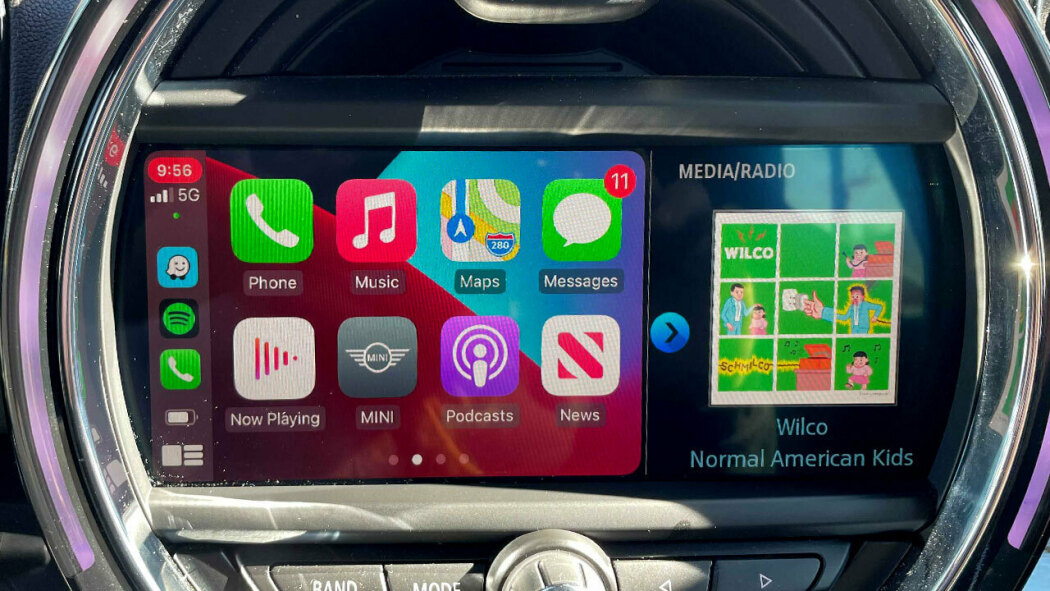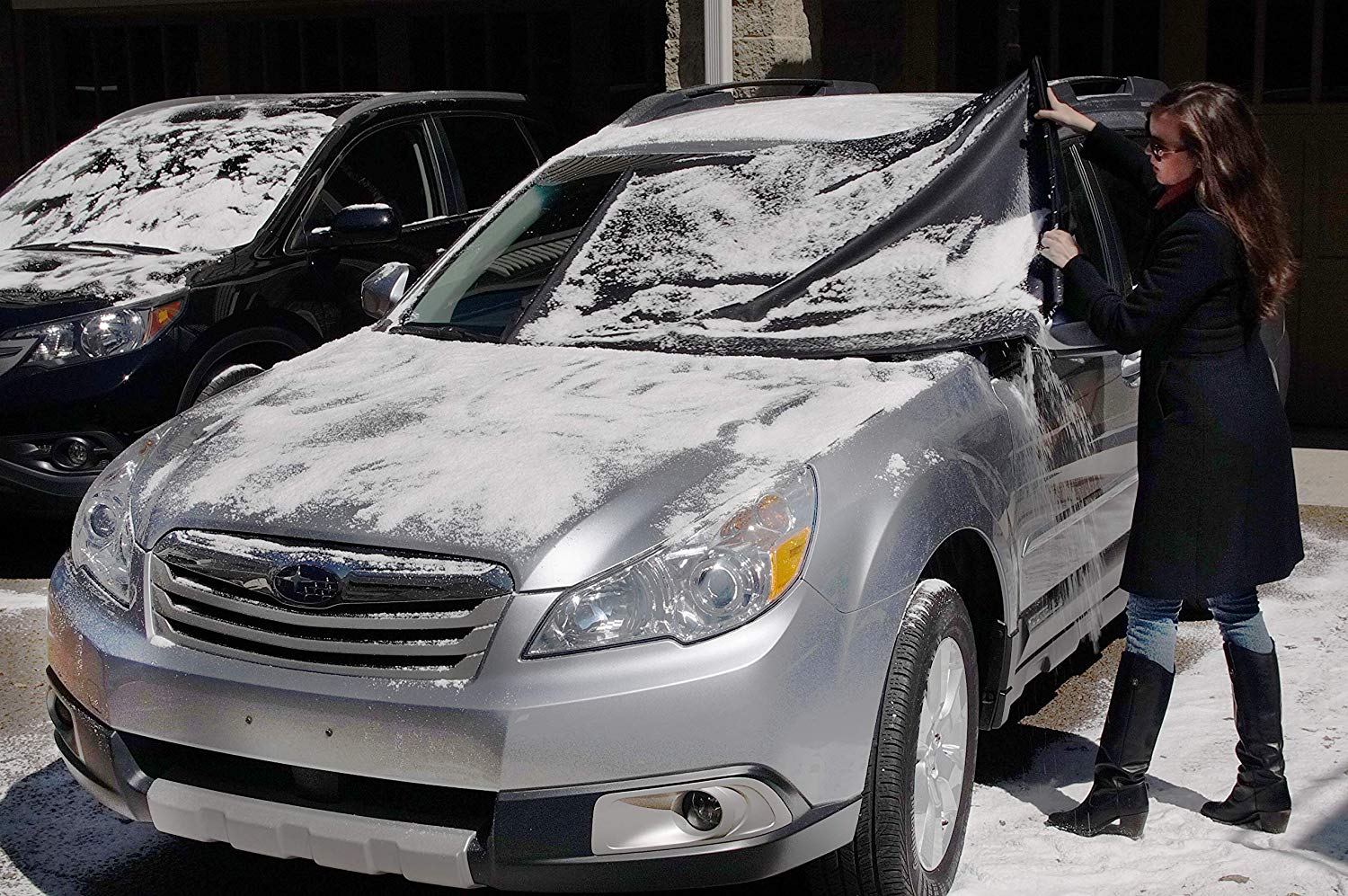
Consumer reports often give the best car ratings. Ratings systems are difficult to trust, as nearly all cars receive a four-star or five star rating. This can lead to many unhappy car shoppers. Here are some car ratings to consider. The first is based on safety. The second one is based upon comfort. They use a different rating system that other reviews.
NHTSA
It is crucial to learn about the NHTSA ratings when looking at new cars. Based on how safe they are in an accident, the agency assigns vehicles stars. Cars are given a rating from one star through five stars. The vast majority of cars get at least three. But a rating of 4 stars does not automatically mean that a car is safer. A 4-star rating does not mean that a car is safer than a full-size SUV.

NHTSA uses crash testing to simulate a collision between a car or another object. This may seem like a great way to compare cars but it's not accurate. It is possible that a car with four stars for head safety and five stars overall safety will be safer than the other cars. The NHTSA admits that this makes it difficult to compare the safety of a sedan with that of a coupe or SUV.
Euro NCAP
The Euro NCAP ratings for cars are the most widely recognized safety performance measures. They are conducted by an independent organization in Leuven. The program was launched in 1996. It first published its results in February 1997. The ratings of each vehicle are determined by a safety test. They include the overall score as well as safety features and the driver's reaction time. Here are the top ten Euro NCAP-rated vehicles.
In addition to crash test results, the Euro NCAP safety rating also includes evaluation of the driver's assistance systems. The system must demonstrate high levels of safety backup and assistance competence. This is a measure of a safety tech’s ability to prevent an accident from happening and disengage from unsafe situations. Another important safety feature is adaptive cruise control. This feature adjusts the car's speed to maintain safety distance. A third test, steering support, is to see if a car’s steering aids in keeping it in lane.
IIHS
The IIHS is a third-party agency which issues safety ratings for automobiles. It awards the top safety picks for each model year and segment of the market. However, not all models are tested by the institute every year. The institute partners with automakers to verify that each vehicle has a valid safety rating. The new guidelines will be updated to reflect current road-user dangers. These ratings are calculated using a combination of test indicators.

The Institute introduced a moderate overlap testing in January 1995. This test differs from the government’s New Car Assessment Program. This test exposes 40% of the front end of a vehicle to a collision at a rate of 40 mph or 64 km/h. A variety of other vehicles have been tested by the agency including small SUVs, minicars, and large pickup trucks. In 2017, the Institute added a small overlap testing on the passenger side.
FAQ
How long does it take to become a good mechanic?
Expert mechanics take years of practice and extensive experience. It is best to learn how to fix cars under the supervision and guidance of a professional mechanic.
You will have to spend time in a garage learning about cars and mechanics. You'll need to study mechanical engineering books on mechanics and car design.
And you'll also need to attend auto school.
It's important to start early. Don't wait until you're older to begin studying automotive technology. If you want to qualify as a mechanic, get started now!
What are the different types of jobs available in car mechanic?
There are three main areas of employment for car mechanics:
-
Automotive repair shops
-
Dealerships
-
Independent garages
Automotive repair shops
Most people think of this as the first step to becoming a mechanic. It's also the easiest way you can get started. Either work for someone else's shop or you can start your own.
You will need to join a union if you want to work in a shop. After you are accepted to the union, you will receive training from it.
After completing the training, you'll be ready to start work.
Registering with the government is required if you intend to open a garage. After you register, you will be required to meet specific standards.
When you've registered, you'll be given a license to operate your garage.
Your license will allow you to sell spare parts and do minor repairs. It will not allow you to repair major engine problems.
Apart from selling spare parts, customers will also expect you to provide guidance and advice.
Dealership jobs
Most dealerships employ mechanics who specialize in one area of the car. For instance, they may only be qualified to fix brakes or change tires.
Some dealers also have general mechanics that can handle all aspects.
Many of these positions require that applicants undergo training before they are allowed to work. This means employers can choose which candidates are best suited for their role.
Some dealerships recruit students right out of school. These graduates are already familiar with basic mechanics and can therefore learn about cars.
Independent garages
Independent garages do not belong to any dealership. Instead, independent garages tend to concentrate on providing high-quality services.
Because independent garages aren't affiliated with any company, they can afford to pay higher wages. As a result, these jobs are generally better paid than those at dealerships.
But this doesn't mean that independent garages are necessarily better places to work. Many business owners prefer to manage their own businesses rather than delegating responsibility to others.
So you may find yourself working long hours without having any say over what happens during the day.
It is also possible to expect lower wages than you would if working at a dealer.
There are many jobs that can be switched between. You can switch jobs easily if you are interested in working at a dealership. Simply ask your employer if they would be open to hiring you as a mechanic.
Alternativly, you can apply directly to the garage owner if you are interested in working at an independent garage.
Unfortunately, finding a new job can be difficult. There are plenty of other factors that influence how much you earn.
This could include the type of vehicle that you are working on and whether or not you charge an additional for labor.
Is it hard to be a mechanic apprentice?
It's not easy, but you learn fast, and there are many opportunities for advancement.
You need to have patience and perseverance. You must also know how to fix cars, trucks, and motorcycles.
Customers and loved ones can place a lot of pressure on you. But you should never feel pressured into making decisions you aren't comfortable with.
This is a career that you might enjoy if you are passionate about fixing cars. It is a job you can get a decent salary for and help build your business.
But you may prefer another path. If this is the case, you might want to become a technician.
This could involve using your technical knowledge to support other employees. You might be able to assist technicians in troubleshooting problems or teach them new techniques.
Another option is to become a service advisor. This is where you can offer advice and assistance to customers who bring their vehicles to a garage.
Your choice is based on what you choose to do. There are many options, so you can choose the one that suits you best.
Statistics
- According to the BLS, total auto technician employment is expected to exceed 705,000 by 2030. (uti.edu)
- According to the BLS, the median annual salary for automotive service technicians and mechanics in the United States was $44,050 in May 2020. (uti.edu)
- There were 749,900 jobs available for automotive service technicians and mechanics in 2016, which is expected to grow by six percent through 2026. (jobhero.com)
External Links
How To
How to diagnose your vehicle properly for repair
The symptoms of your vehicle are the first thing you need to look at in order to determine whether it is in dire need of repairs. Next, you can follow these steps in order to diagnose your car.
-
Check engine lights. Check the dashboard light indicators such as the engine light indicator, the oil pressure gauge, the battery light indicator, the coolant temperature gauge, and the RPM gauge. If any of these indicators have been flashing continuously for several days it could mean that there is something wrong with your vehicle.
-
Pay attention to the treads on your tires. Tire wear can lead to problems in handling and brake performance. Also, inspect the treads of your wheels. You should ensure that they are clean and smooth. It is best to take off the wheels and remove them. To check the condition of your treads, use a flashlight.
-
Monitor the level and consistency of your brake fluid. You must always monitor the level of your brake fluid. This will ensure your brakes function properly. If the brake fluid level is low, your brakes might fail when you apply pressure to them.
-
Check the suspension system. The suspension system in vehicles absorbs vibrations and shocks. It gives you better control and allows for smoother accelerations and decelerations. It might feel uncontrollable or wobbly if your vehicle is suffering from a suspension problem. If you are unsure if your vehicle is suffering from a suspension problem, put weight on the front and rear axles to check the movement.
-
Examine the steering column. The steering column is used to link the steering wheel with the rest of vehicle's components. Many accidents can cause damage to steering columns. You should replace the steering column if it is loose or weak.
-
Observe the exhaust pipes. Exhaust pipes help move gases from the combustion chamber to the atmosphere. Your cabin will be effected if your exhaust pipe cracks or leaks. You should also fix any bent tailpipes immediately.
-
Take a look at the underside of your hood. Look underneath your hood to see if anything looks strange. Fluids could be leaking from your engine. In addition, if you notice an unusual smell coming from your engine compartment, you should contact a professional technician.
-
You should inspect your air filter. The vehicle's outside environment may cause the air filter to collect dust and debris. Dirty air filters can cause your vehicle to run poorly. Replace your air filter regularly.
-
Check the fan belt. Your vehicle's fanbel connects the engine and transmission. If the fanbel breaks, your engine won't turn. Replacing the belt is simple. All you need are a screwdriver & pliers.
-
The radiator hose and hoses should be checked. The radiator-hose carries water to the engine. It can crack or become damaged and leak hot liquid onto an engine. Repairing the hose is easy with a pair of needlenose pliers or a small wire brush.
-
Check the windshield wipers. Windshield wipers use electricity for snow and rain removal. They can leave streaks on your windows glass if they stop working. Change the washer fluid to fix the problem.
-
Check the battery cables. Your car's electrical system is powered by batteries. Make sure you disconnect the negative cable before replacing batteries. Failure to do so can damage your alternator.
-
You should check the headlights. Headlights illuminate the road ahead of you. Poor visibility can result if the headlights don't function properly. To determine if your bulbs are out of date, check them.
-
Check the lights. If you approach other drivers at night, lights will warn them. You may be distracted by the light and end up in an accident.
-
You should inspect your brakes. Before you get in a car accident, your brakes will be slowing down your vehicle. You could lose control of the car and cause a crash if they don't work properly.
-
Change your oil. Oil keeps your engine lubricated. It prevents metal parts from rusting too quickly. It is recommended to change the oil each month.